Conch Piercings Will Instantly Elevate Your Ear Stack
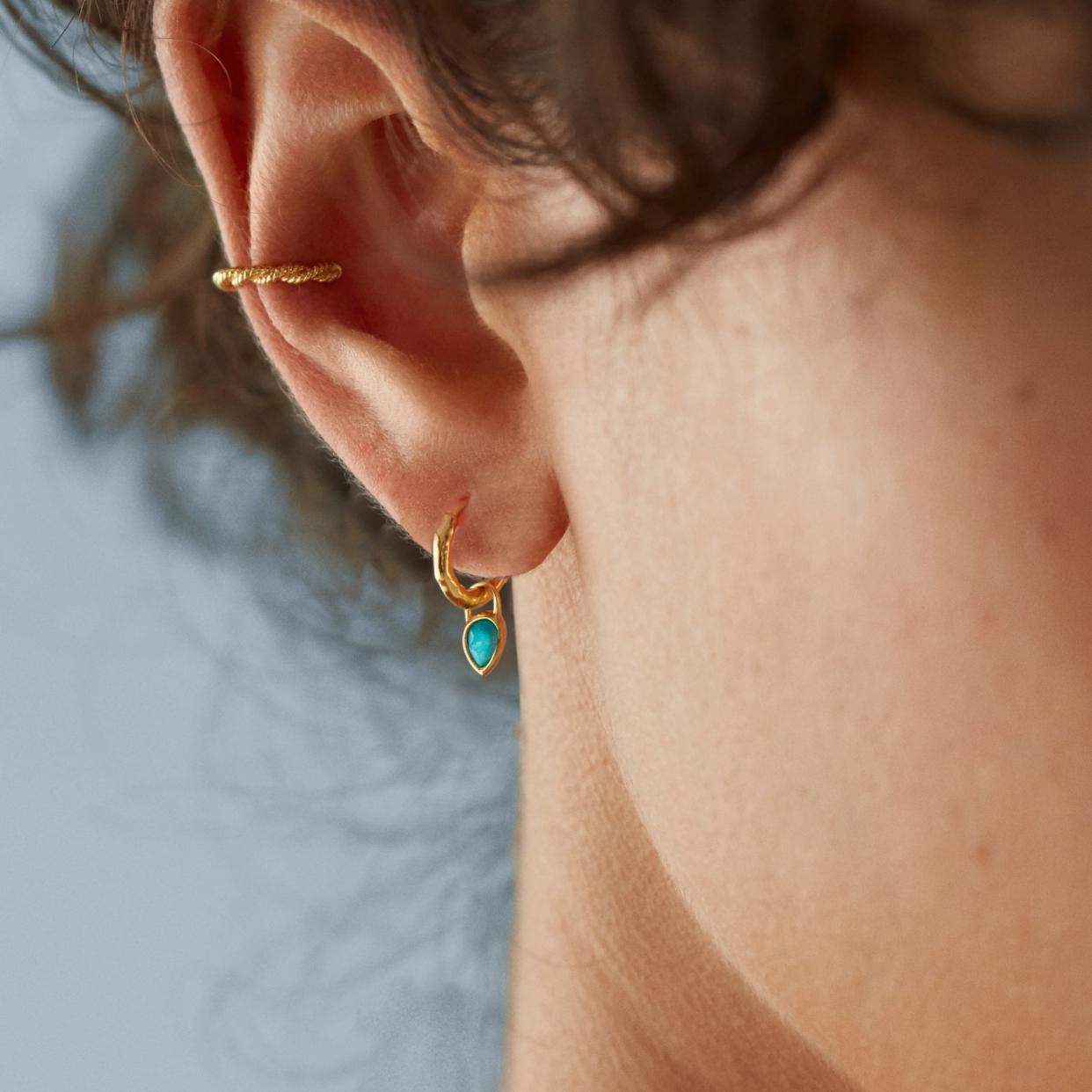
I have quite an extensive piercing collection. I have everyday hoop earrings for my lobes and a few cartilage piercings that I accessorize with studs, so I often stack my earrings to upgrade my look from basic to edgy. And lately, I've considered getting a conch piercing to round out my collection.
"The conch refers to the center 'bowl' of the ear," explains Sarah Lacy, a registered nurse, and Associate Director of Piercing Research and Innovation at ear piercing studio Rowan. "Like the helix, this part of the ear comprises cartilage."
While piercing this area opens up a wide world of earring possibilities, it is also more sensitive and takes longer to heal than a run-of-the-mill lobe piercing. I spoke to Lacy and cosmetic dermatologist Dr. Kenneth Mark about what to expect when getting a conch piercing, how to avoid irritation, and yes, if the piercing is painful.
What Is a Conch Piercing?
As Lacy mentioned, the conch is the inner "bowl" of the ear. Therefore, augmenting your earscape with a conch piercing creates a more balanced look that includes not only the outer sections of the ear (like the lobes and cartilage) but also the inner part.
However, the conch is made of cartilage, which is thicker to pierce than the fleshy skin of the lobe. The conch area is also prone to irritation for those who consistently wear earbuds, and it garners a higher volume of earwax. These circumstances make aftercare particularly important when you're getting your conch pierced. But rest assured, when you're flaunting your gorgeous collection of ear jewelry, it'll feel worth it.
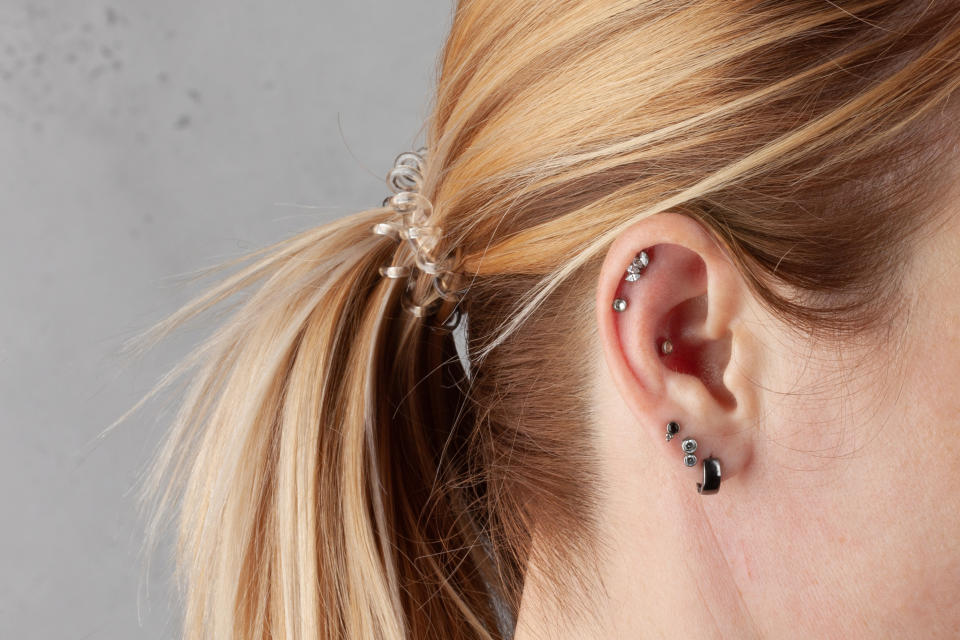
What to Expect During a Conch Piercing
Whenever you get a piercing, you should be aware that you will feel a pinch. However, if you already have a piercing or two (or three or four), you may be better prepared for the conch than you think. "There is a misconception that the conch is more painful than other areas of the ear," says Lacy. "The cartilage of the conch is easy to pierce, and the discomfort is minimal." She admits, however, that physical pain is relative.
How to Care for a Conch Piercing
The skin around a piercing is sensitive for the first year, so treat it as such. Lacy recommends avoiding touching or sleeping on your piercing, which might cause discomfort. You'll also want to wear over-the-ear headphones, as added friction can lead to a hard bump or keloid scar. "If you must wear earbuds, make sure they don't touch your piercing, and clean them before each use to keep infection-causing bacteria away from your piercings," she explains.
The most significant factor when caring for a conch piercing is to keep the area clean. Personally speaking, I have four cartilage piercings, and I noticed that the ones I took good care of and cleaned religiously healed much faster. Lacy and Dr. Mark recommend cleaning the area twice a day with clean hands, avoiding ointments, creams, alcohol-based products, or hydrogen peroxide. The latter two, in particular, can over-dry skin and kill new cell growth, inhibiting healing. Be especially mindful to clean the piercing area after working out, swimming, showering, or sweating in order to prevent bacterial growth.
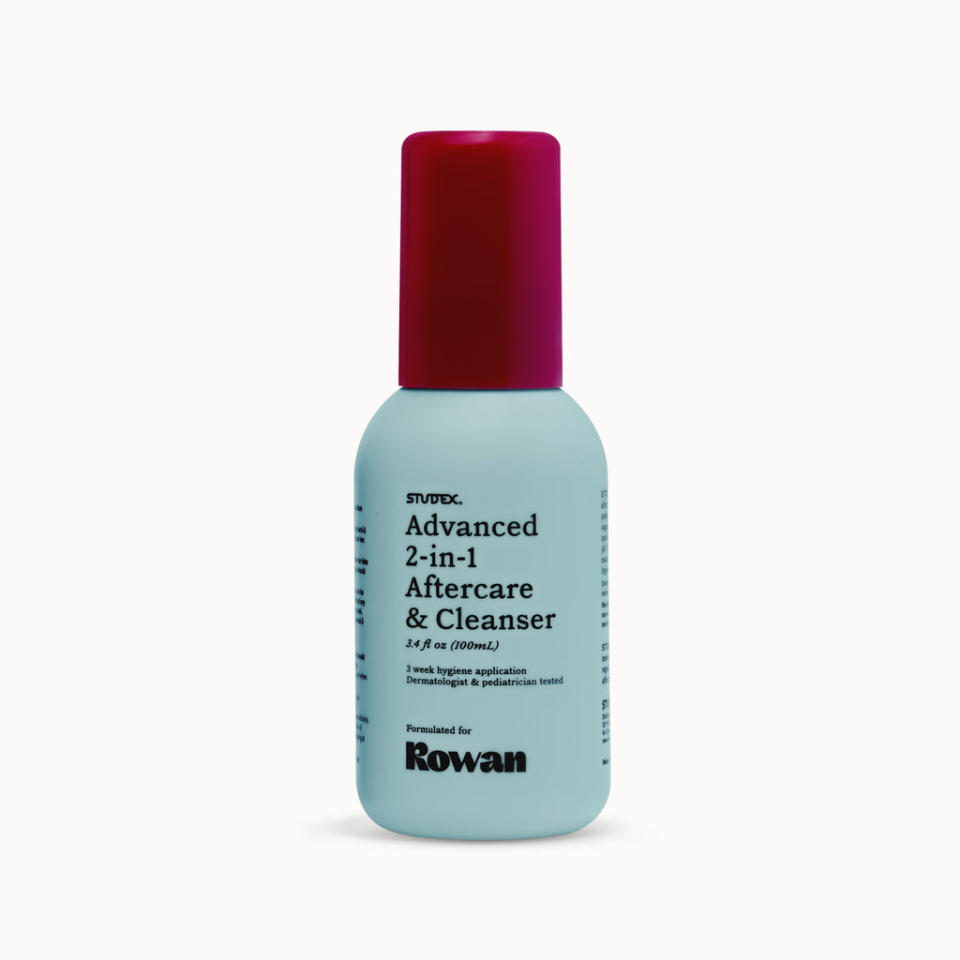
Rowan Advanced Ear Cleansing Solution
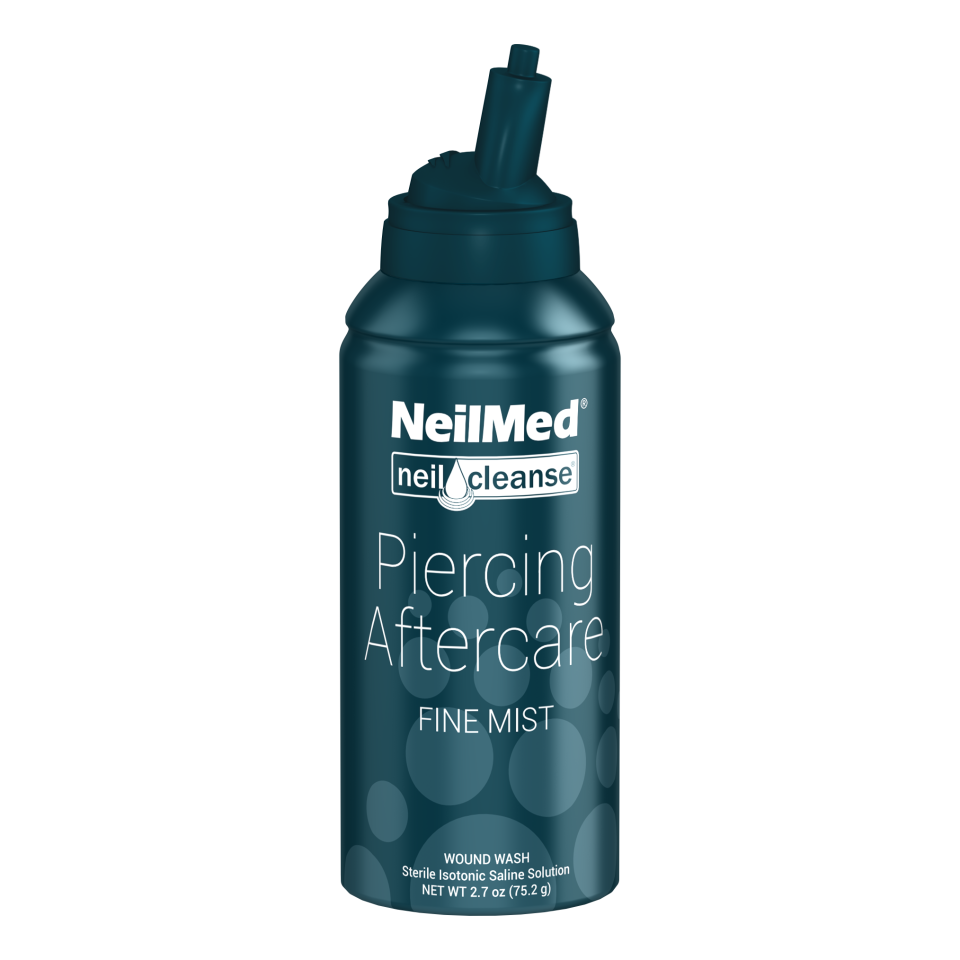
Mist
How to Prevent a Conch Piercing Infection
Dr. Mark recommends applying an antibiotic ointment twice daily for the first few weeks. Then, he says the best course of action is to clean the area using a piercing cleaning solution or soap and water. If you use a lot of hair products, be sure those don't contaminate the piercing area. "Keep the area clean and don't remove the piercing until it's completely healed," he adds.
Finally, minimize excess moisture in the area around your piercing, which can support infection-causing bacteria. Avoid swimming, whether in a pool or at the beach, or prolonged baths for the first few weeks after you get your conch piercing.
If the pierced area becomes severely inflamed, unusually painful, or infected, he suggests seeing your doctor, who can prescribe you a topical steroid cream.

How Long Does It Take for Conch Piercings to Heal?
Unlike lobe piercings, which take four to six months to heal, cartilage piercings, including those on the conch, require more care. "You can expect about a year for your conch piercing to heal," Lacy explains. "Some may experience faster healing, and others may take longer, and that’s perfectly okay. If you’re concerned that your piercing is not healing well, you can always check in with your piercer and your medical provider for guidance."
What's the Best Jewelry for a Conch Piercing?
Make sure you select hypoallergenic jewelry with a flat or tiny round backing that's made for the conch and cartilage. Lacy suggests avoiding hoops until after your piercing has healed fully, as this style may not be comfortable before then.
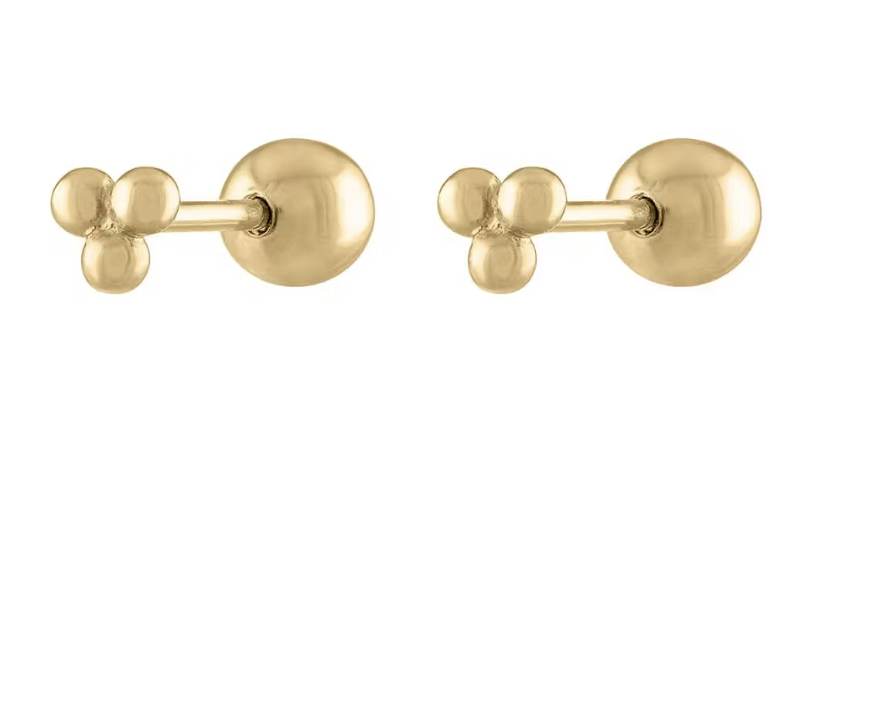
Maison Miru North Star Threaded Flat Back Earring
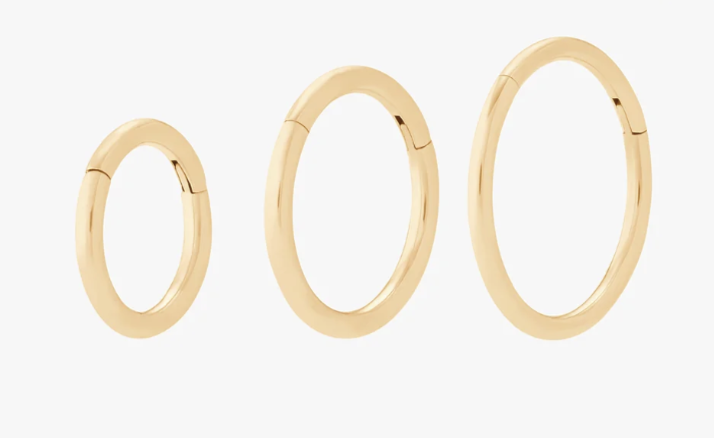
Studs Clicker Set

